Barclay Curle is the Clyde's forgotten Titan crane - everyone sees the Finnieston Crane on the news every night, and it's right in the city centre, but Barclay Curle is in the middle of an industrial area with no good way to see it from the other side of the river - it someimes looms surprisingly on the skyline, but getting close is impossible.
Which is why this took a year's planning...
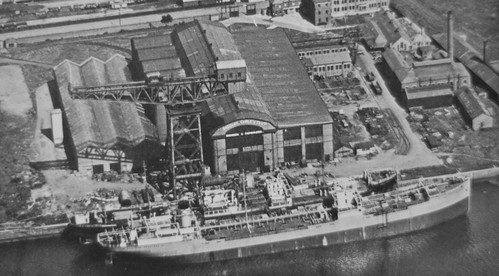
The North British Diesel Engine Works were designed by J. Galt for Barclay, Curle & Co. Ltd., and built in 1913-14 at a cost of £44,318. The design of the main bay was based on an iconic German AEG factory. The crane was built by Sir William Arrol, maker of the Finnieston and many other cranes and bridges - it was able to lift a diesel engine through the roof of the factory and install it into a ship tied up alongside at the Diesel Wharf - the above picture shows a tanker and a cargo vessel being engined.
The main bay and crane are still standing - the building is now used as a 24-hour industrial estate, but the crane stands rusted solid. The crane is A-listed, and it was the prototype for the famous Meccano Hammerhead crane model.
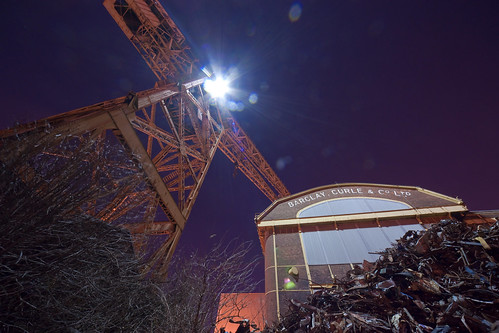
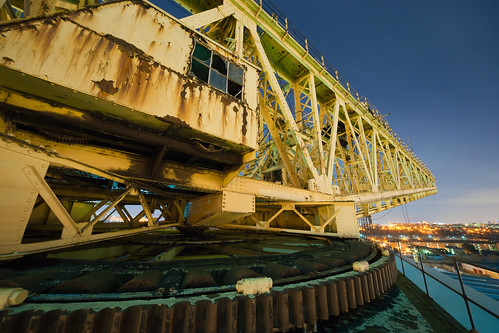
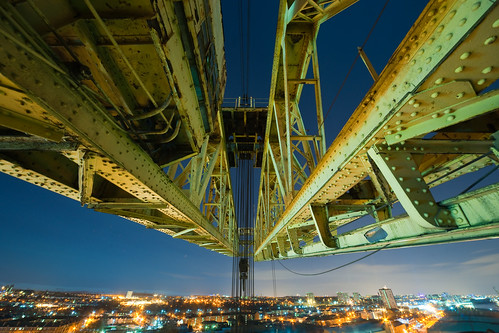
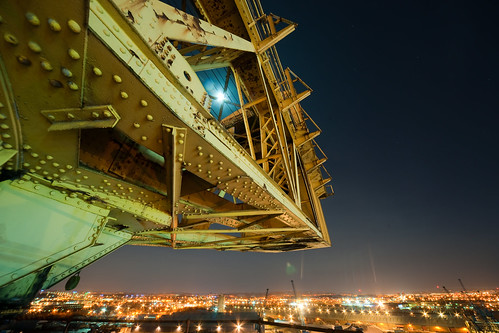
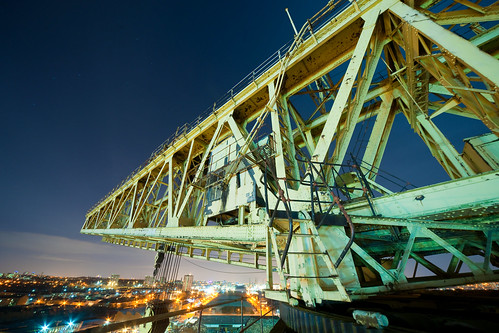
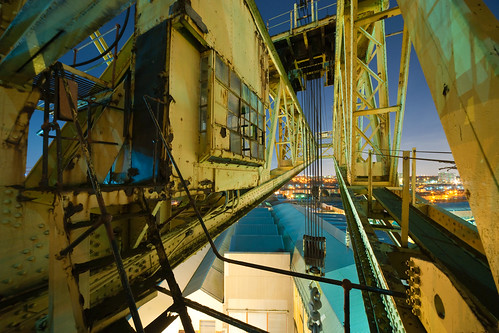
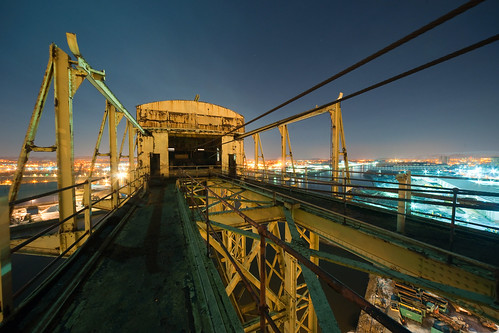
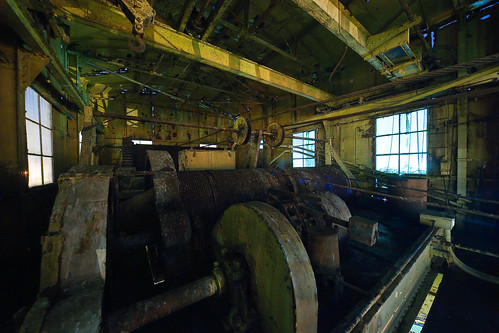
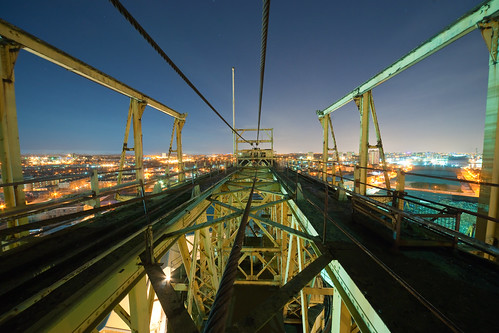
Which is why this took a year's planning...

The North British Diesel Engine Works were designed by J. Galt for Barclay, Curle & Co. Ltd., and built in 1913-14 at a cost of £44,318. The design of the main bay was based on an iconic German AEG factory. The crane was built by Sir William Arrol, maker of the Finnieston and many other cranes and bridges - it was able to lift a diesel engine through the roof of the factory and install it into a ship tied up alongside at the Diesel Wharf - the above picture shows a tanker and a cargo vessel being engined.
The main bay and crane are still standing - the building is now used as a 24-hour industrial estate, but the crane stands rusted solid. The crane is A-listed, and it was the prototype for the famous Meccano Hammerhead crane model.









































